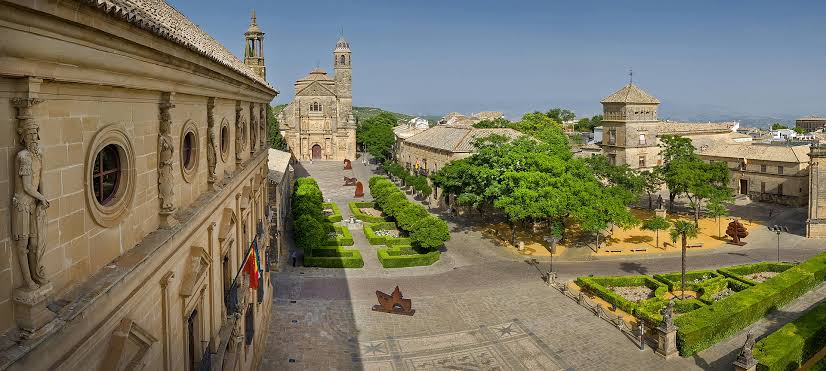
Úbeda, nestled in the heart of Andalusia, Spain, is a town that seems to have stepped right out of a Renaissance painting. Its streets are lined with exquisite architectural marvels from the 16th century, showcasing a golden era when art, culture, and faith intertwined in striking harmony. Alongside the nearby town of Baeza, Úbeda has earned recognition as a UNESCO World Heritage Site, celebrated for its remarkably preserved Renaissance landmarks. Among these, the Sacred Chapel of El Salvador stands out—a stunning example of Spanish Renaissance architecture that continues to captivate visitors with its elegance and historical significance.
The town’s storied past is rich with legends that echo the cultural and religious complexities of medieval Spain. One enduring tale is that of the “Calle de la Cava,” a narrow street tied to the tragic love story between a Moorish princess and a Christian knight. Their forbidden romance, set against the backdrop of the Reconquista, symbolizes the broader conflict and brief moments of unity between the Christian and Muslim worlds of the Iberian Peninsula. These kinds of stories, passed down through generations, add a layer of emotional depth to Úbeda’s already vibrant history.
Úbeda’s strategic importance became especially clear in 1233 when it was seized by King Ferdinand III of Castile during the Christian reconquest of Spain. This victory marked a turning point, laying the foundation for a prosperous and artistically vibrant era. The 16th century brought a renaissance not only in art but also in civic development. Influential families like the Guzmáns contributed greatly to the city’s growth, funding monumental structures such as the Palace of the Chains, which remains a highlight of Úbeda’s architectural heritage.
The cultural fabric of Úbeda continued to evolve over the centuries. In 1533, the city established one of Andalusia’s earliest universities, signifying its commitment to education and intellectual life. Though the university eventually closed in the 19th century, its spirit left an indelible mark. In more recent history, during the Spanish Civil War, Úbeda became a focal point of unrest and conflict. The city endured hardship but also became a symbol of resilience. Following the war, efforts to restore and preserve its historic buildings ensured that its Renaissance charm would endure for future generations.
Today, Úbeda remains a lively hub of tradition and celebration. Its annual Semana Santa (Holy Week) is among the most significant religious events in Spain, drawing visitors from around the world to witness its solemn processions and artistic expressions of faith. This fusion of deep-rooted history, cultural richness, and architectural splendor makes Úbeda not just a destination, but a living narrative of Spain’s past and present. Whether you’re drawn to its legends, monuments, or enduring traditions, Úbeda offers countless stories waiting to be discovered.


